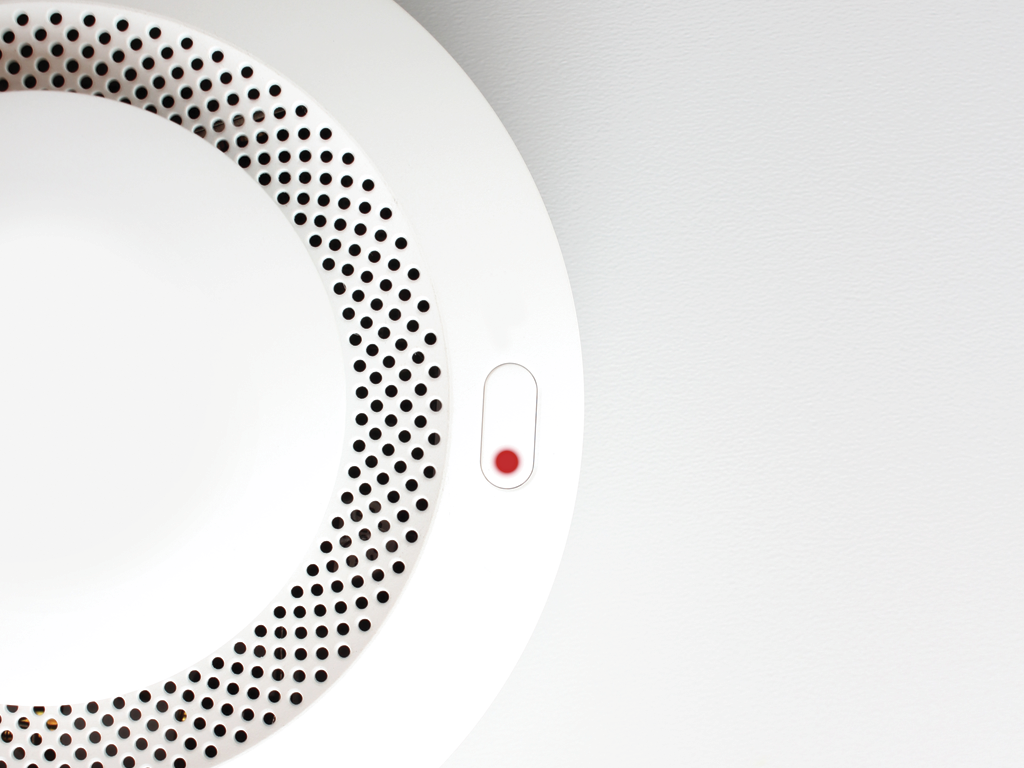How to Respond to Industry Critics

First the good news: Throughout the country, there is growing support for the Model Alarm Ordinance — developed by SIAC in partnership with leading law enforcement organizations such as the National Sheriffs’ Association and International Association of Chiefs of Police.
Now, the bad news: Industry critics are still using a misleading statistic — 98 percent of alarm dispatches to police are false alarms — to promote non-response or limited response from police. Critics use it to imply that alarm systems are undependable and defective, and that responding to alarms is a waste of police time. The news media also prints this claim in stories and articles.
A University of North Carolina study funded by the Alarm Industry Research and Education Foundation provides helpful guidance on how to deal with this issue.
“Percentages are not recommended as a means to communicate alarm dispatches or the scope of false alarms within a jurisdiction,” the study points out. “By reporting only the percentage, it is impossible to determine whether the raw numbers have changed over time. Perhaps in the first year, the jurisdiction received 10,000 calls for service and 98 percent of them were false. But, after implementing new technologies and ordinances, the number of calls for service was reduced to 5,000. If 4,900 were false, the percentage is still 98 percent, but the demand for resources has clearly dropped.”
The report also notes the focus should be on how the Model Alarm Ordinance reduces the number of calls to police, thus lowering their workload versus the percentage of alarms calls that are false alarms.

So, how should you measure the success of alarm management programs?
The report thoroughly explains why the “alarm factor” is the more accurate method of measuring dispatch reductions over time. It is a rate calculated by dividing the number of alarm dispatches by the number of alarm permits in a jurisdiction.
In the previous example, the 10,000 calls for service were divided by the total number of permitted systems, so the alarm factor would be an average of 1.0, or one dispatch per system per year. If a year later the calls for service were reduced to 5,000 and the number of permitted systems held at 10,000, for example, the alarm factor would be 0.5, accurately reflecting a 50 percent reduction in dispatches. Another way to look at it is one dispatch per year for every two permitted systems.
For reference, in well-managed cities using the model ordinance an alarm factor of 0.15 is common. A more revealing statistic is that 85 percent of alarm systems generate no calls for service in any given year in cities utilizing and enforcing the model ordinance. That statistic correlates perfectly with an alarm factor of 0.15. A review of calls in most cities show that there are relatively few systems that generate multiple calls for service, a problem that is specifically addressed by the Model Alarm Ordinance.
By focusing on widespread, public support for police response to alarms and the success of the Model Alarm Ordinance when properly implemented, SIAC’s work with national, state and local alarm associations has dramatically decreased calls for ending or limiting police response to alarms.
SIAC can also provide specific examples of dramatic reductions in calls for service from cities around the country that properly implement the Model Alarm Ordinance. These statistics are proven and easier for the media, public officials and the public to relate to and understand.
SIAC is a resource for situations where public officials are considering alarm ordinances for their communities and is available without cost to the industry and law enforcement.




